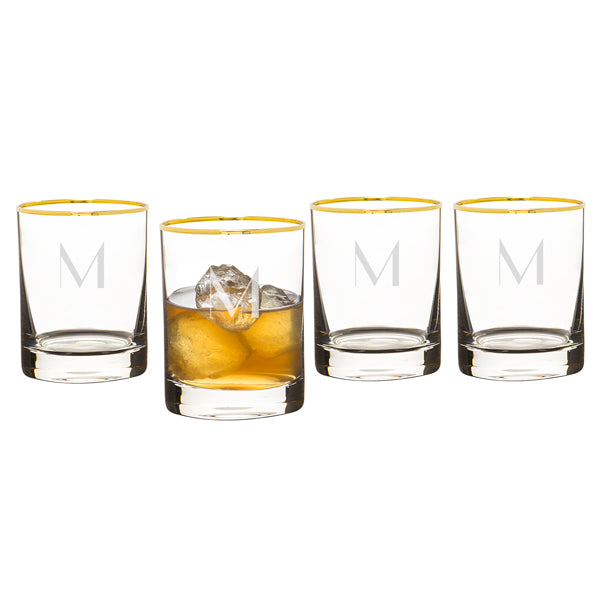
Subsequent testing of the peculiarly shaped vessel revealed it was perfectly shaped to direct harsh alcohol vapours away from the nose. But all these opulent associations don’t necessarily make for a superior drinking vessel – the snifter’s extravagantly wide body and tight rim can encourage the release of harsh ethanol vapours, overpowering other aromas.Ī new kid on the block, and one for the technically minded, the NEAT glass is the ironic result of a mistake made in a glass blowing factory. They’re often designed so that, when held partially horizontal, the spirit doesn’t spill out. Commonly used for brandy, it’s now very much a glass for the consumption of dark, aged spirits in general. The snifter (aka the balloon, the brandy bowl, the cognac glass)Ī glass firmly rooted in the gentlemen’s club, this one oozes class – think whisky and cigars in the smoking room after dinner. Shape doesn’t really matter with the highball, but it wouldn’t do to serve a Scotch and soda in a dimpled pint glass.

Today the highball is equally popular amongst fans of other simple whisky serves such as whisky and ginger ale or whisky and lemonade.


It allows for plenty of ice, spirit and mixer, making for a long and relaxing drink. The taller brother of the tumbler and the glass associated with one of the most revered but simple whisky cocktails in the world: the Scotch and soda. A timeless glass, and a must have for any whisky fan open to the entire spectrum of the spirit’s enjoyment. Its wide and robust base makes it ideal for ‘muddling’ cocktail ingredients, while its plain design lets simple drinks speak for themselves. Due to its wide rim, the tumbler isn’t ideal for nosing, but it doesn’t need to be – this one’s for filling with ice and a whisky of your choosing, or for serving up any number of classic cocktails. The whisky tumbler (aka the rocks glass, the old fashioned glass, the lowball) This one’s the modern, less ‘showy’ relative of the tulip-shaped glass, and one solely dedicated to whisky. Again, a bowl-shape channels aromas towards a narrowed rim.
GOLD RIMMED WHISKEY GLASSES HOW TO
Due to its size, the Glencairn is the perfect glass for learning how to swirl whisky too, a practice commonly used to open up the aromas of whisky for full appreciation. The glass is also somewhat thicker and this means it’s more substantial for convivial drinking. Its short, solid base makes for a stable glass popular amongst those who don’t favour stems. Similar in shape to the tulip-shaped glass, the Glencairn is considered a more robust vessel, although it’s equally suited to appreciation. Overall, this is a glass suited to the true appreciation of the nuances of single malt whisky. The glass can be easily cradled so the spirit can be warmed if desired. Its long stem prevents the drinker’s hand (and its polluting smells) from coming too close to the nose, while its bowl shape concentrates aromas through the slightly narrowed rim. It was once named the ‘dock’ glass on account of its use by merchants who used it to nose wines and spirits at docksides. It’s become the choice of master distillers, blenders and true whisky connoisseurs around the world. This glass is based on the copita – the traditional Spanish glass used to sample sherry.

The tulip-shaped glass (aka the copita-style glass, the dock glass) For that matter, they make an excellent gift – why not get one personalised as a gift for the whisky drinker in your life? Here are the most common whisky glasses: These range from the compact Glencairn to the extravagant snifter. Our guide should help find the perfect one for you. The most popular glasses feature a bulbous body shape which allows aromas to collect and be directed through a narrow rim.Ĭhoosing the correct whisky glass can really help to improve the drinkers enjoyment and there’s a shape and style of glass for every whisky fan. Whisky glasses are shaped to enhance the experience of drinking and nosing whisky.


 0 kommentar(er)
0 kommentar(er)
